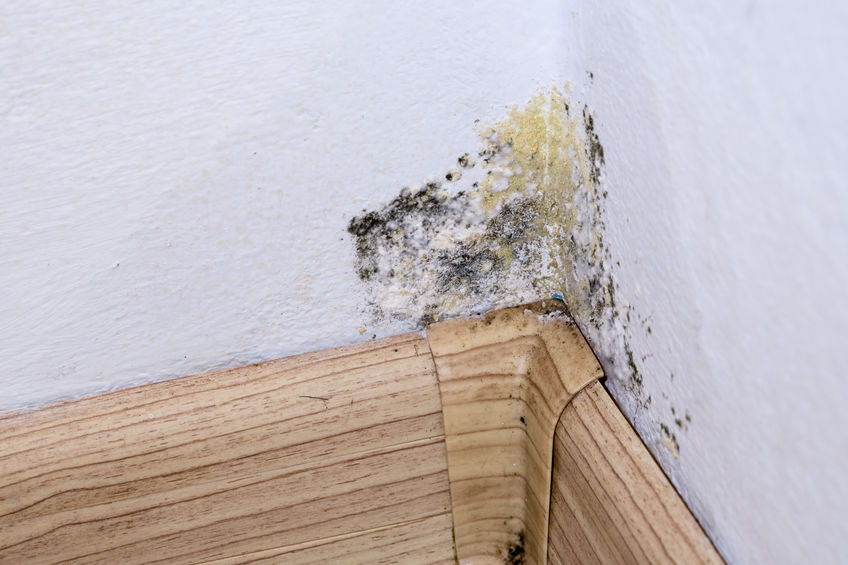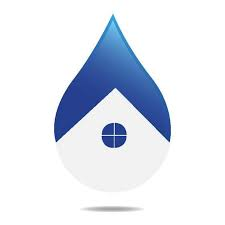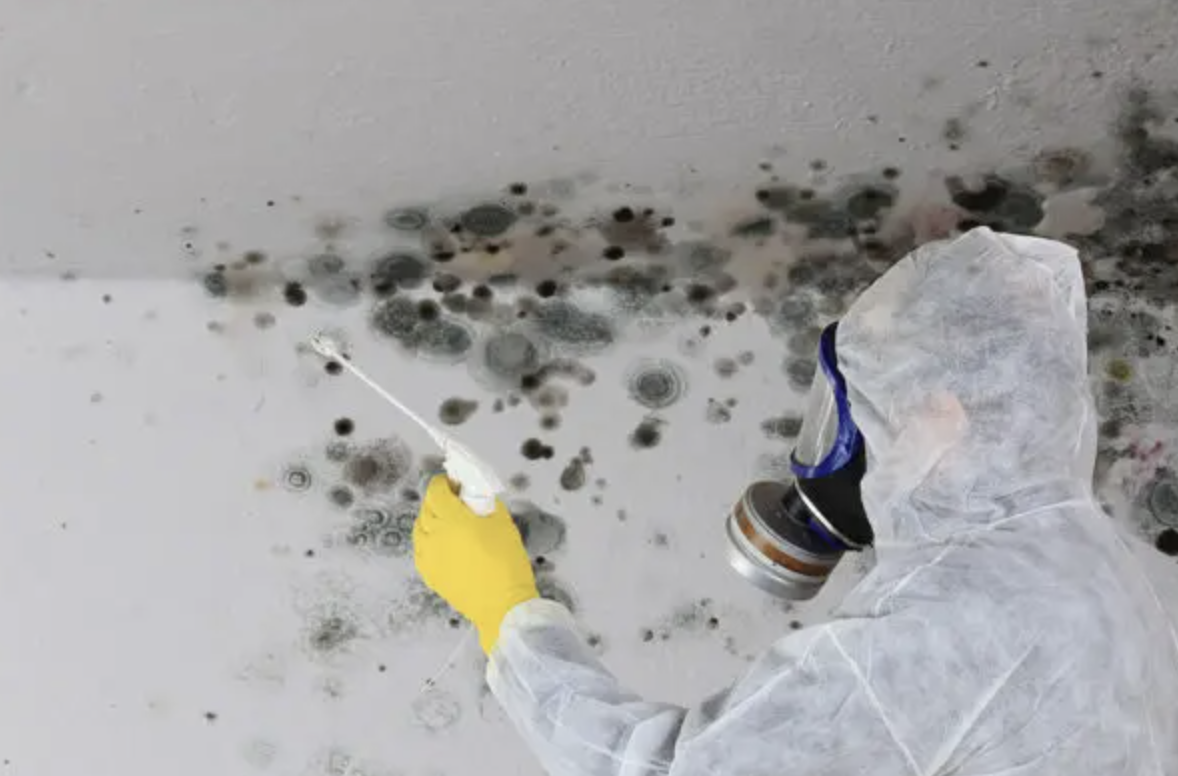Article by Joshua Kent
Moisture Master Pros OwnerHey there, homeowners! Moisture Master Pros is here to guide you through the often-overlooked world of mold and its effects on your health. If you’ve been experiencing headaches and nausea lately and can’t quite pinpoint the cause, there may be something you’re overlooking: mold. You may have asked yourself, “Can mold cause headaches?” Well, look no further. We delve into the connection between mold exposure and these symptoms, explore where mold might lurk in your home, and offer valuable tips on tackling this pesky fungus. So grab a cup of tea, settle in, and let’s embark on this journey toward a healthier home together!
The Mold Connection: Unraveling the Mystery of Migraines, Sinus Headaches, and How Mold Affects Your Health
So, you might wonder: how exactly does mold exposure cause chronic headaches and nausea? Well, it’s all about the mold toxins – mycotoxins. When inhaled or ingested, these toxic substances produced by mold can cause many symptoms and health problems. In many cases, dangerous mycotoxins can irritate the respiratory system and cause problems with the immune system, leading to headaches and dizziness. But how can you tell if it’s a migraine, sinus infection, or mold-induced sinus headache? Let’s break it down.
Migraines are typically characterized by intense, throbbing pain, often on one side of the head. They can also be accompanied by nausea, vomiting, and sensitivity to light and sound. Various factors, including stress, hormonal changes, and even certain foods, can trigger migraine headaches.
On the other hand, sinus headaches are usually caused by inflammation of the sinuses due to an infection, allergies, or irritants like toxic mold. The pain is generally felt around the forehead, cheeks, and eyes and may be accompanied by nasal congestion, a runny nose, and facial swelling. Mold exposure can cause sinus headaches by irritating the sinus passages and leading to inflammation.
But it doesn’t stop there. Some mycotoxins can also affect your digestive system, causing nausea, vomiting, and diarrhea. This is particularly true when toxic mold infests your food or when your living environment is heavily contaminated with mold spores. As a result, it’s essential to be aware of the signs of mold and take action to address the issue before it impacts your health.
Now, let’s take a closer look at some common places where mold might lurk in your home and what you can do to prevent it from spreading.
The Usual Suspects: Where Mold Hides in Your Home

Mold loves to hide in your home’s dark, damp, and humid areas, and it’s surprisingly good at it! Some familiar places where mold growth occurs include basements, bathrooms, kitchens, crawl spaces, and laundry rooms. But mold can also be found in less obvious places, like behind wallpaper, under carpets, and even inside your HVAC system.
Inspecting these areas regularly can help you catch mold before it becomes a more significant problem.
Additionally, using dehumidifiers, maintaining proper ventilation, and fixing water leaks promptly can all help reduce the risk of mold growth in your home.
So, now that we know where mold likes to hide let’s talk about some of the signs you should watch out for to know if you’re dealing with a mold problem.
Telltale Signs: Recognizing Mold Growth in Your Home
There are a few telltale signs of a mold problem in your home. The most obvious is the presence of visible mold, which can range in color from green to black and may appear as spots or fuzzy growth. Musty, strong, or unpleasant odors indicate that mold may lurk in your home.
In addition to these visual and olfactory cues, you should also pay attention to any health issues you or your family members may be experiencing. Frequent headaches, nausea, respiratory problems, and skin irritations can indicate mold exposure.
Of course, the best way to know if you have a mold issue is to call the professionals for a thorough inspection and testing. This brings us to our next point…
The Experts’ Touch: Why You Should Call in Mold Remediation Pros
Dealing with mold is not a DIY job. Mold remediation requires specialized knowledge, tools, and techniques to resolve the problem effectively and safely. By calling in the experts, you can be confident that the mold in your home will be appropriately identified, removed, and prevented from returning.
Professional mold remediation companies like Moisture Master Pros have the experience and expertise to handle even the most severe mold infestations. They’ll not only remove the mold but also address the underlying moisture issues that allowed it to grow in the first place.
Remember, mold can be hazardous to your health, and improper removal can worsen the problem. So, don’t hesitate to call the pros when you suspect a mold issue in your home.
Health Matters: Other Symptoms of Mold Exposure

While headaches and nausea are common symptoms of mold exposure, there are other mold exposure symptoms you should be aware of. These may include allergic reactions, respiratory issues, skin, and nasal irritation, and even more severe symptoms such as asthma attacks, memory problems, fatigue, and joint pain. Let’s take a closer look at some of these symptoms:
Respiratory problems
Mold exposure can cause coughing, sneezing, wheezing, and difficulty breathing, especially for those with asthma or other respiratory conditions. Mold spores can irritate the lungs and trigger allergic reactions, making breathing harder.
Skin irritation, rashes, or itching
Mold can cause skin reactions, including redness, itching, and rashes. These symptoms may result from an allergic reaction or direct irritation from mold spores coming into contact with your skin.
Memory problems
Some individuals exposed to mold may experience cognitive issues, such as difficulty concentrating, memory lapses, or confusion. These symptoms may be caused by brain inflammation or mycotoxins’ effects on the nervous system.
Fatigue
Chronic fatigue and a general feeling of malaise can be another sign of mold exposure. Mycotoxins may interfere with your body’s energy production, leaving you feeling constantly tired and rundown.
Joint pain
Mold exposure can sometimes lead to joint pain and stiffness. This may be due to an inflammatory response triggered by mycotoxins, which can cause discomfort and inflammation in your joints.
Sensitivity to light
Some people exposed to mold may become more sensitive to light, experiencing eye strain or discomfort in bright environments. This symptom may be related to the body’s inflammatory response to mold exposure.
It’s essential to keep in mind that mold affects everyone differently. Some individuals, especially those with weakened immune systems, may be more sensitive to mold exposure than others. Symptoms and health problems can vary in severity depending on the type of mold and the level of exposure.
If you or a family member are experiencing any of these symptoms and you suspect mold may be the cause, it’s crucial to address the problem as soon as possible to protect your health and well-being.
The Prevention Plan: Tips to Keep Mold at Bay
Preventing mold growth in your home is essential to maintaining a healthy living environment. Here are some tips to help you prevent mold growth:
First, control moisture levels in your home by using dehumidifiers, fixing leaks, and ensuring proper ventilation.
Secondly, keep your living spaces clean and dust-free, as mold feeds on organic materials found in dust.
Improve your indoor air quality. Regularly clean and change air filters in your HVAC system, using air purifiers with HEPA filters to trap mold spores.
Ensuring proper ventilation in your home, especially in damp areas like bathrooms and kitchens.
Regularly clean and inspect areas prone to mold, such as bathrooms and basements, and promptly address any signs of water damage.
Lastly, consider using mold-resistant building materials, paints, and products when renovating or building your home.
These can help minimize mold growth risk and keep your home safer and healthier.
Mold Be Gone: Seize Control and Breathe Easy in Your Home

As we’ve discussed, mold can be a silent but severe threat to your health and home. By being aware of the symptoms of mold exposure, such as headaches and nausea, and knowing where mold might be hiding, you can take steps to prevent and address mold issues before they become a more significant problem.
Always remember that calling in professionals, like our team at Moisture Master Pros, is the best way to ensure mold is effectively and safely removed from your home. We’re here to help you create a healthier environment and protect your well-being.
If you suspect mold may be causing health issues in your home, don’t hesitate to contact us. Visit us to book an appointment, and let our experienced team provide the assistance you need. Your health and peace of mind are our top priorities.



